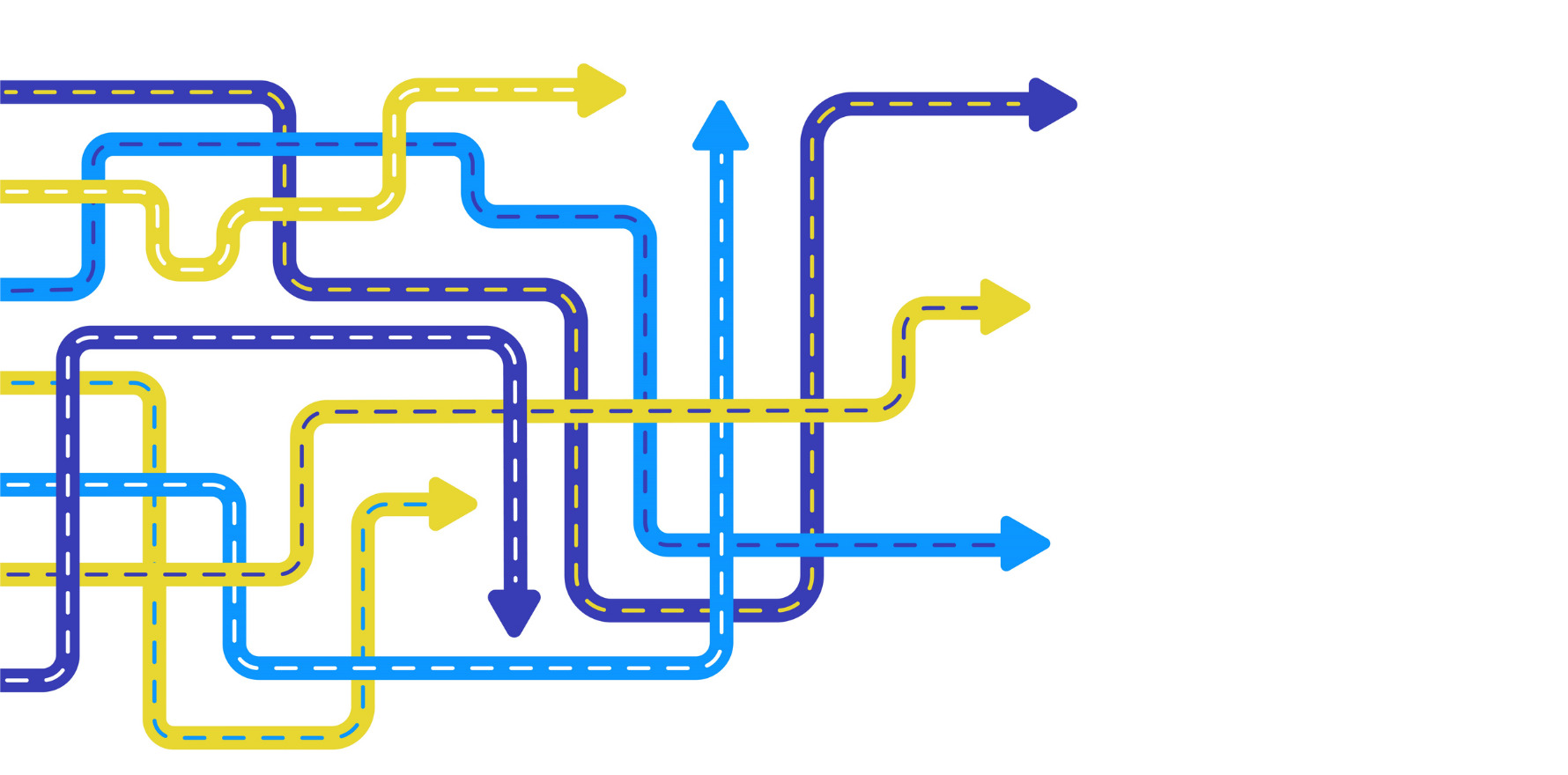Consider biologics earlier for lupus, and other updates from the EULAR 2023 recommendations session.
The much-anticipated updated EULAR guidelines for psoriatic arthritis were revealed at the European association’s conference in Milan on Saturday.
In what lead author Professor Laure Gossec called a “little bit of a paradigm shift”, the updated guidelines do not preference one type of bDMARD over another, with clinicians instead encouraged to consider the extra-musculoskeletal manifestations to guide choice.
Other updates in the session included a lowered suggested chronic glucocorticoid maintenance dose of 5mg or less for patients with systemic lupus erythematosus, a decrease from 7.5mg per day.
What’s new in… PsA?
The PsA guidelines now stretch to seven overarching principles, up from six, but the number of recommendations has gone down by one, to a total of 11.
Just four remain unchanged, with the remainder either completely new or modified.
The new overarching principle is that “the choice of treatment should take account of safety considerations regarding individual modes of action to optimise the benefit-risk profile”.
It could be seen as a response to the ORAL surveillance study, which raised red flags on the use of JAK inhibitors in rheumatoid arthritis.
One new overarching principle for @eular_org PsA recommendations:
— David Liew (@drdavidliew) June 3, 2023
“The choice of treatment should take account of safety considerations regarding individual MoA to optimize the benefit-risk profile”
Wonder what triggered that#EULAR2023 #oralsurveillance @RheumNow pic.twitter.com/19BfJQz4Za
The new recommendation is to consider non-musculoskeletal manifestations when making a choice between DMARDs.
“First you have to see if your patient has peripheral arthritis, enthesial disease or axial disease, but then to make the choice of the drug, you should look at the extra-musculoskeletal manifestations,” Professor Gossec said.
The rationale behind these changes, she said, is based on an evolving understanding of clinical phenotypes.
Professor Gossec broke down the three phenotypes as relevant skin involvement, uveitis and inflammatory bowel disease.
Recommendations on treating to target, enthesitis and NSAIDs, PDE4 inhibitors and DMARD tapering remain unchanged.
The recommendation on when to initiate a bDMARD is technically unchanged, with a segment on skin involvement having been cut out.
While the wording of the main clause – “patients with peripheral arthritis and an inadequate response to at least one csDMARD, therapy with a bDMARD should be commenced” – has stayed the same, Professor Gossec said the meaning of bDMARD has changed.
EULAR now defines bDMARDs as including, without preference order, TNF inhibitors, IL-17A inhibitors, IL-12/23 inhibitors, IL-23p19 inhibitors and IL-17A/17F inhibitors (the latter not currently approved for PsA in Europe or Australia).
“We don’t have the data to propose an order of preference in patients with peripheral arthritis,” Professor Gossec said.
“When we look at the randomised control trials … we can see that all of the drugs have efficacy on the joints … with, generally speaking, around 50% response rates and similar magnitude.”
Out of the seven modified recommendations, the one that stands out looks at the role of JAK inhibitors when patients have an inadequate response to both csDMARDs and bDMARDs.
JAKis are still recommended for these scenarios but, as noted above, it is now qualified with a statement asking for safety considerations to be taken into account.
“We refer to the EMA guidelines for caution with JAK inhibitors, because these apply to PsA even though they come from a trial in RA,” Professor Gossec said.
It’s not all over for JAKis, though.
The therapy is now recommended, with the caveat on safety considerations, alongside IL-17A and IL-17A/17F inhibitors and TNFI therapy in patients with axial disease who have an insufficient response to NSAIDs.
The recommendation on initial management and NSAID use has been altered to add that local injections of glucocorticoid can be considered as an adjunctive therapy.
The use of systemic glucocorticoids has been removed from the recommendations entirely.
“We always had reservations about this use, and we now have taken it out of the recommendation,” Professor Gossec told delegates.
“[Another change] is that we now limit the use of NSAIDs to some specific populations.”
Under the new guidelines, people who have oligoarthritis with poor prognostic factors are recommended go straight to DMARDs without trialling NSAIDs as a monotherapy first.
“We now propose that the use of NSAIDs alone without disease modifying drugs should be limited to short term, usually maximum four weeks,” Professor Gossec said.
2023 PsA Recommendations
— ARD & RMD Open (@ARD_BMJ) June 3, 2023
?Focus on safety
?Systemic GC removed
?NSAIDS limited place as monotherapy
?1. cs-DMARDS: MTX LEF SSZ
?2. b-DMARDs in no particular order
?3. JAKi
?4. Apremilast for mild cases
?Use EMMs to guide treatment
Pr Laure Gossec @LGossec#EULAR2023
NZ pic.twitter.com/oGBGAb7YUZ
.
What’s new in… SLE?
Greek rheumatologist Professor Dimitrios Boumpas presented an update to SLE guidelines, which he described as “streamlined, simplified and modernised”.
The overarching principles section has been expanded following the 2019 guidelines, with key additions including a new statement on the importance of non-pharmacological interventions and a commitment to earlier SLE diagnosis.
Hydroxychloroquine remains the first-line therapy, with biologics or DMARDs to be used early in patients who are either not responding to hydroxychloroquine or who are unable to reduce chronic glucocorticoid doses to the new upper limit of 5mg per day.
There is growing evidence, according to Professor Boumpas, that belimumab is effective for extra-renal outcomes in patients with lupus nephritis, but only for some ethnic groups.
“Why are we becoming more liberal with the use of biologics?” Professor Boumpas asked.
“It’s because there is new data in the last three or four years.”
The TULIP study helped inform this aspect of the guidelines, with research presented earlier by Professor Eric Morand confirming that anifrolumab is useful in reducing steroid use without risks to safety or low disease state status.
Anifrolumab and belimumab got another shout-out in the recommendation on skin disease, where they are now recommended alongside methotrexate and mycophenolate as second-line therapy.
Professor Boumpas also stressed that there should be a low threshold for renal biopsy.
“If you think about it, just do it,” he told delegates.
Wrapping up the talk, he reminded the audience that steroids save lives, but with the expense of excessive collateral damage.
2023 SLE Recommendations
— ARD & RMD Open (@ARD_BMJ) June 3, 2023
?Lower GC dose (5 mg instead of 7.5)
? Early use of biologics for corticosparing
? Cyclophosphamide if life-threatening
? MMF: new in hemato manif
?Lupus nephritis: VCL vs BEL???
?Maintain trt for 3 years then taper, except HCQ#EULAR2023
NZ pic.twitter.com/SLA6B0c3bj
EULAR 2023 took place at the MiCo Convention Centre in Milan, Italy, between 31 May and 3 June.




